Colored Pencil Art for Beginners
Colored pencil art for beginners refers to the use of colored pencils to create works of art. This type of art is typically pursued by beginners, as it is a relatively easy medium to learn and produce results with.
Colored pencils are a great way to add some pizzazz to your artwork-but only if you know how to use them correctly! In colored pencil art for beginners, we’ll share some tips and techniques for getting the most out of your colored pencils so that you can create amazing artwork.
The term “colored pencil art for beginners” refers to an art form that can be mastered by anyone with some basic drawing skills and a willingness to learn. Colored pencils are a versatile medium that can create both realistic and abstract artwork.
The key to creating beautiful colored pencil art is understanding the way light affects the colors you are using. By paying attention to value, hue, and saturation, you can create stunning pieces that will impress your friends and family.
Affiliate Disclaimer: This post may contain affiliate links, which means we will receive a commission if you make a purchase using these links
Supplies You’ll Need
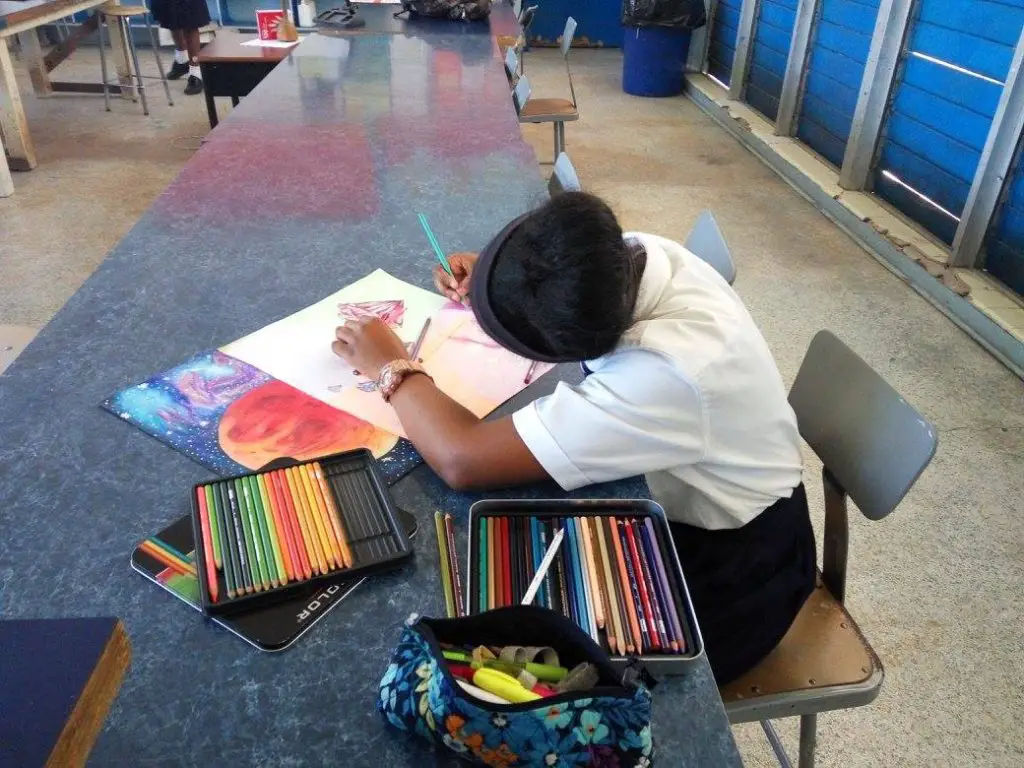
If you’re new to colored pencil art, you might be wondering what supplies you’ll need to get started. Here’s a quick rundown of the basics:
- Colored pencils: You’ll need a set of good-quality colored pencils to get started. Look for brands like Prismacolor or Faber-Castell.
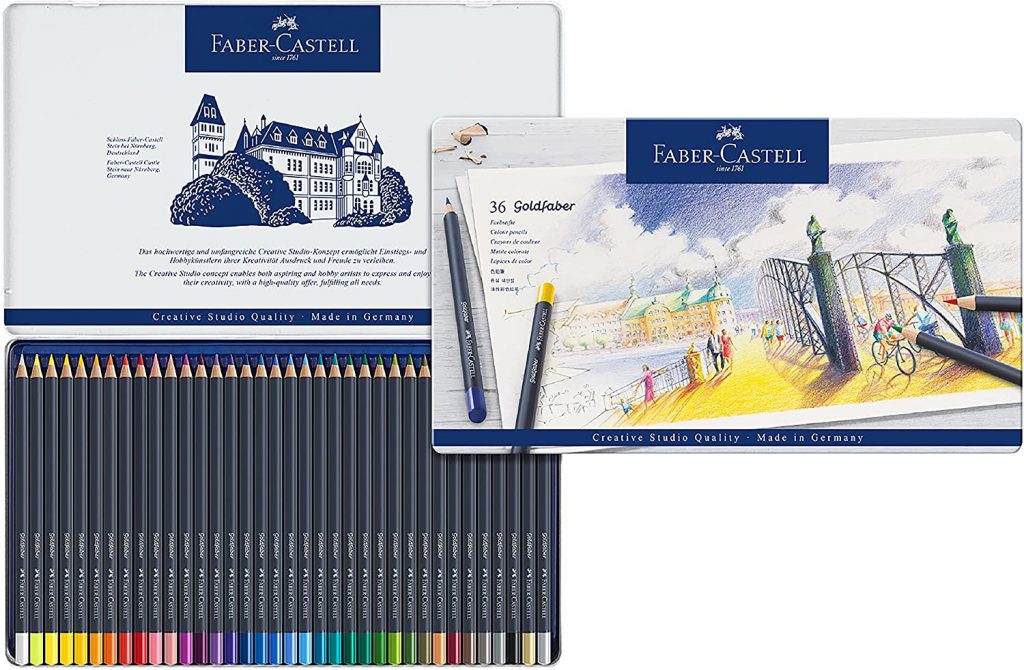
- Paper: Any smooth, acid-free paper will work well for colored pencils. Strathmore makes a good quality paper specifically for colored pencils.
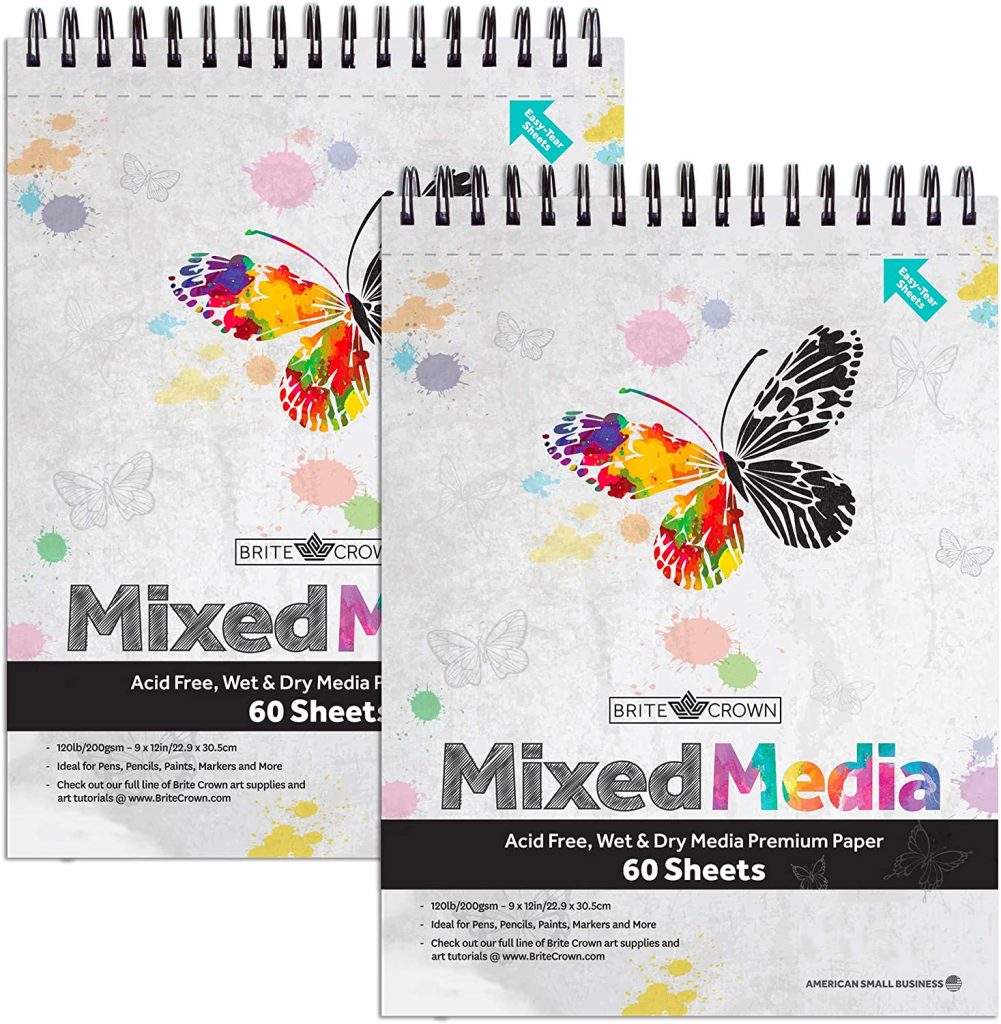
- Pencil sharpener: A good quality pencil sharpener is a must-have for any artist. Make sure to get one that can sharpen your colored pencils without breaking them.
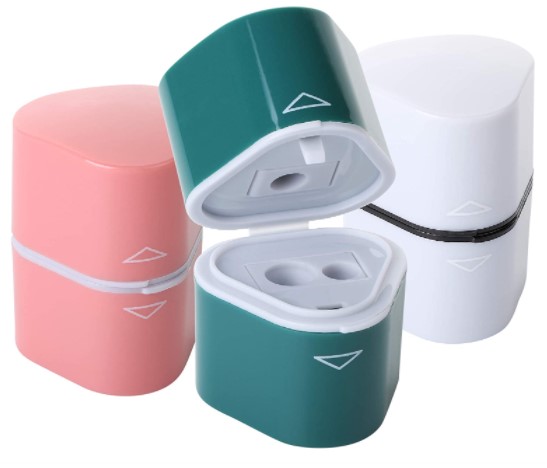
- Erasers: Erasers are important for correcting mistakes and lightening areas of your drawing. Try to get an eraser that doesn’t leave too much residue behind.
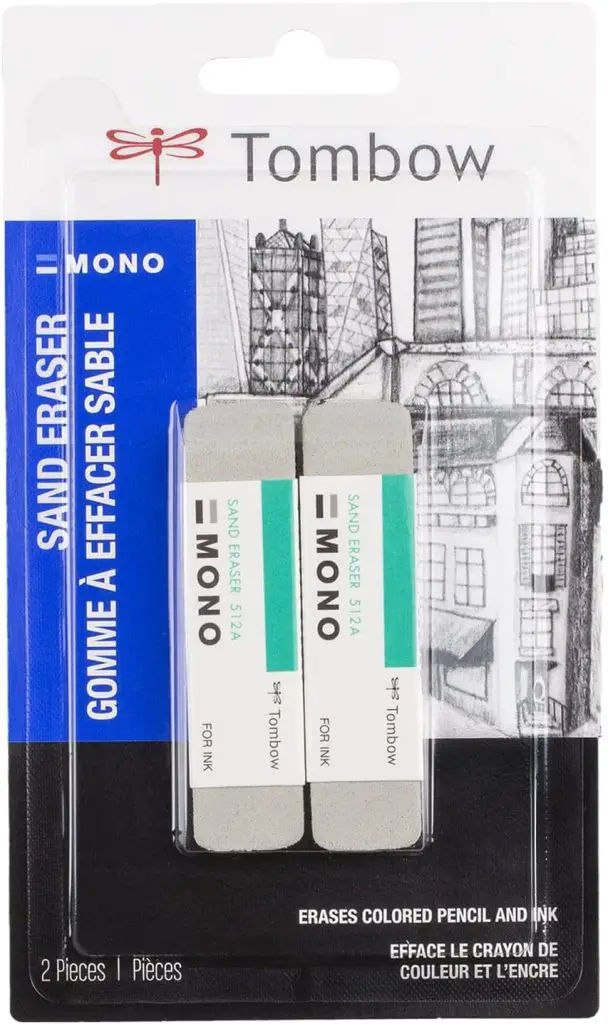
Getting Started-Outlining Your Drawing
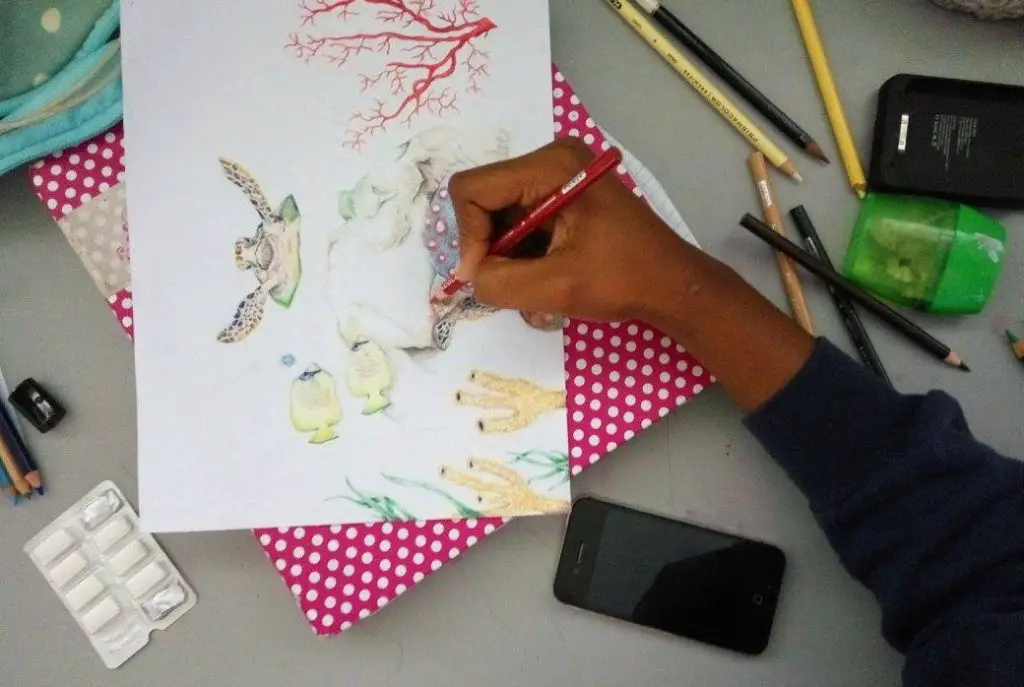
If you’re new to colored pencil art, or just getting started with any kind of drawing, one of the best ways to start is by outlining your drawing. This will help you get a feel for the medium, and give you a chance to experiment with different colors and techniques.
There are a few different ways you can outline your drawing. One popular method is to use a lightbox. You can trace your drawing onto another piece of paper, or even directly onto your canvas. This will help you get the proportions and placement of your subject matter just right.
Another method is to use tracing paper. This method is great if you want to be able to experiment with different colors before committing to one. Simply place your tracing paper over your subject matter and start drawing!
When you’re finished, you can lift the tracing paper to see how your drawing looks with different color schemes.
Once you’ve chosen a method, it’s time to start drawing! Begin by sketching out the general shape of your subject matter. If you’re not sure where to start, try looking at some reference photos online, or in magazines. Once you have the general shape down, you can start adding in details like eyes, mouth,
Adding Color
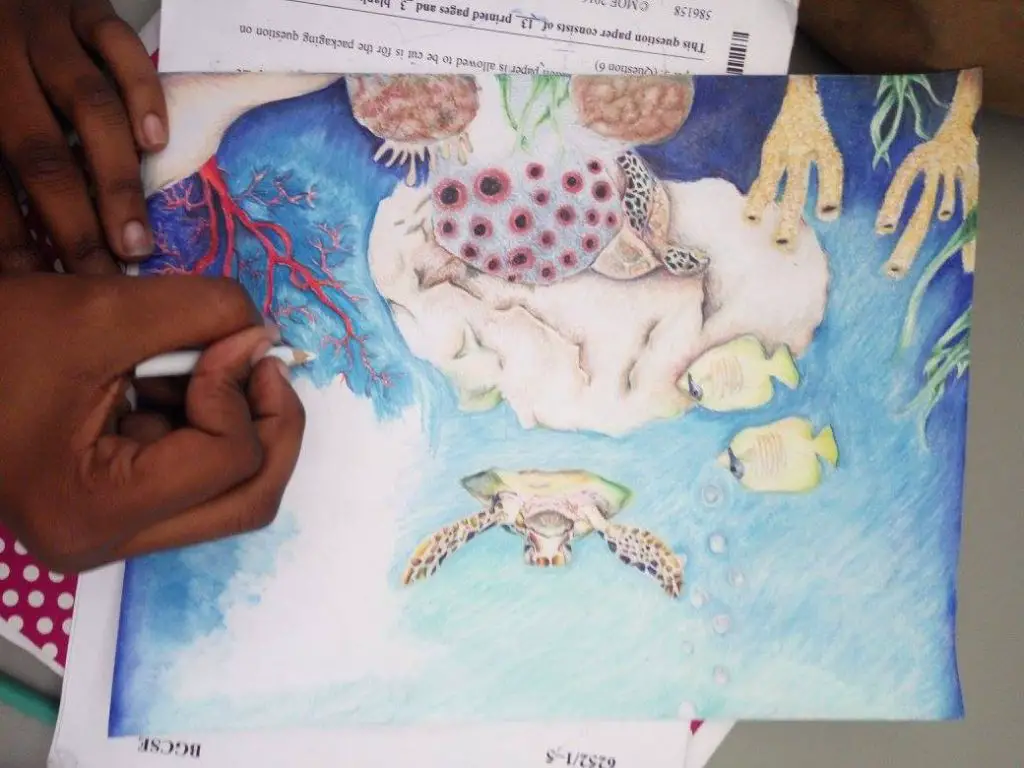
Adding color to your art can be a great way to make it more vibrant and eye-catching. But if you’re new to colored pencils, it can be tricky to know where to start. Here are a few tips to help you get the most out of your colored pencils and create amazing artwork.
- Choose the right paper. Colored pencils can be used on a variety of papers, but for the best results, use a smooth, heavyweight paper that won’t crumble under pressure. If you’re not sure what type of paper to use, ask for help at your local art supply store.
- Use light pressure. When applying color with a colored pencil, use light pressure at first. You can always add more color later if you need to, but it’s difficult to remove excess color once it’s been applied.
- Work in layers. Another great way to build up color is by working in layers. Start with a light layer of color, then add additional layers until you achieve the desired effect.
- Experiment with blending. Blending colors is a great way to create new shades and add depth to your art. There are a few different ways to blend colors
Blending and Burnishing
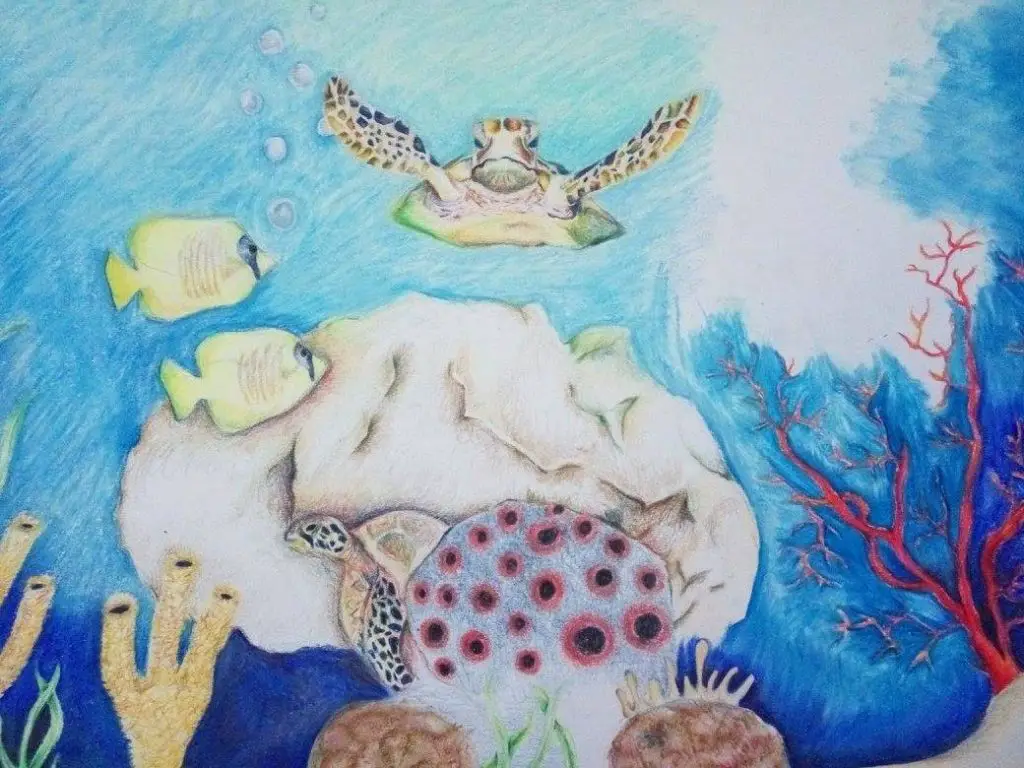
If you’re ready to take your colored pencil art to the next level, then you need to learn about blending and burnishing. Blending is a technique that allows you to create smooth, gradated color transitions in your drawings.
Burnishing is a technique that adds vibrancy and depth to your colors. Both of these techniques can be used to create some amazing effects in your drawings.
Special Effects
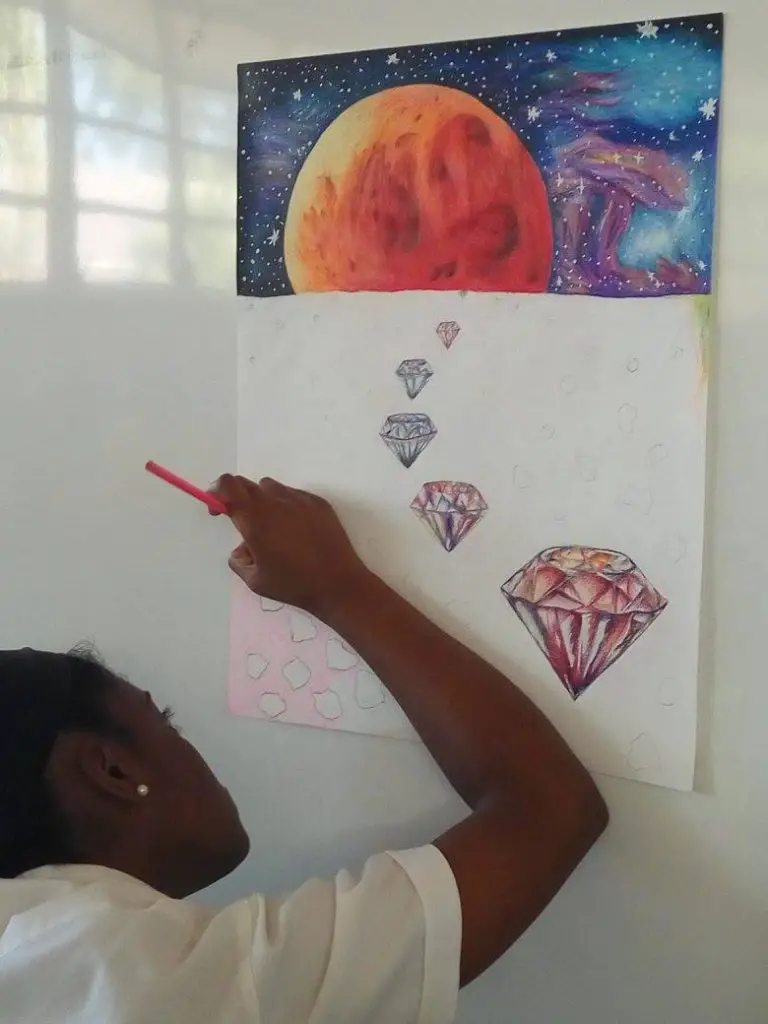
If you’re new to colored pencil art, you might be wondering how to create some of the amazing effects you see in the artwork. Luckily, we’ve got some tips to help you out! Here are a few ways to add special effects to your colored pencil art:
- Use a white pencil to add highlights. This will make your colors pop and give your work a more three-dimensional look.
- Use different types of paper to create different effects. For example, using textured paper can add interest and depth to your work.
- Experiment with blending techniques. There are many different ways to blend colors, so play around and see what works best for you.
- Use a fixative to set your work and prevent smudging. This is especially important if you’re planning on framing your artwork.
- Get creative with colors! Don’t be afraid to experiment with different color combinations. Sometimes the most unexpected colors can create the most beautiful results.
Finishing Touches
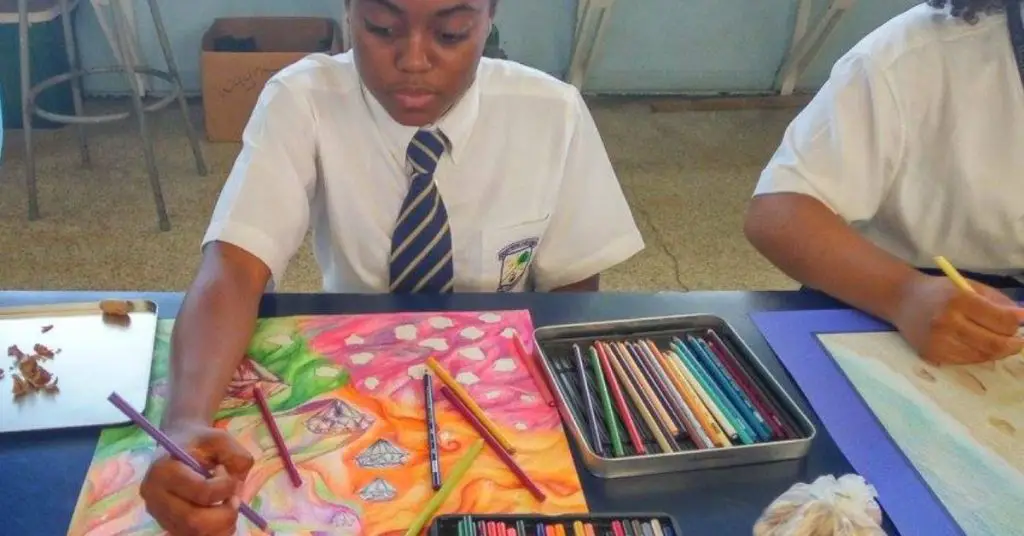
Adding the final touches to your artwork is what will really make it stand out from the rest. Here are some tips on how to do that:
- Use a white pencil to add highlights. This will really make the colors pop and give your artwork some depth.
- Experiment with different types of paper. Some papers are more textured than others, which can add an interesting effect to your work.
- Try adding some embellishments. Things like beads, sequins, or glitter can really take your artwork to the next level.
Practice, Practice, Practice!

If you’re just getting started with colored pencils, then you’re probably wondering how to create amazing artwork. Well, the good news is that with a little bit of practice, anyone can create stunning colored pencil art. Here are a few tips to get you started:
- Practice makes permanent: The more you practice, the better you’ll get at using colored pencils. So, don’t be afraid to experiment and try new techniques.
- Use different types of paper: Colored pencils can be used on different types of paper, so experiment to see what works best for you. Some papers are better suited for detailed work while others are better for more loose and expressive drawings.
- Vary your pressure: The amount of pressure you apply when drawing can have a big impact on the final result. Light pressure will create lighter colors while heavy pressure will produce darker colors. So, play around with different pressures to see what effects you can achieve.
- Layer your colors: One of the great things about colored pencils is that you can layer colors to create new shades and hues. So, don’t be afraid to layer different colors on top of each other to see what
Inspiring Examples of Colored Pencil Art for Beginners
Colored pencil art is a great way to get started with color art. It is relatively easy to learn and can be very versatile. There are different ways to create colored pencil art, so there is something for everyone.
These are some samples of students’ work that were completed with tips from Colored Pencil Art for Beginners. The student used the techniques learned to create work using a variety of subject matters.
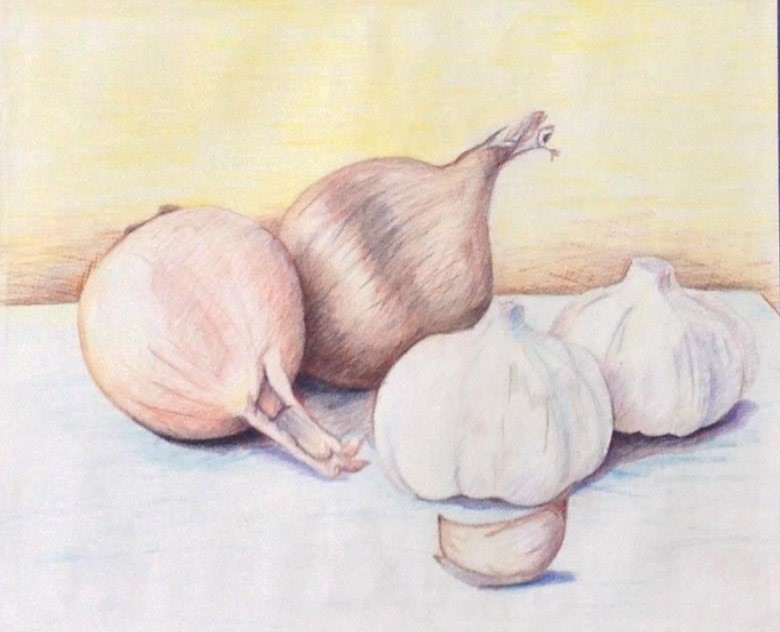
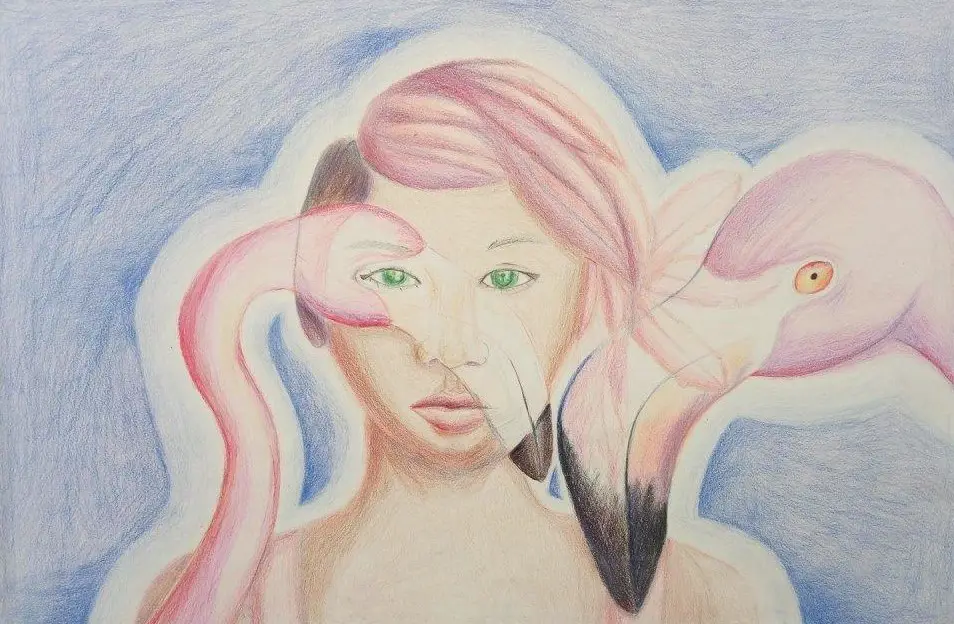
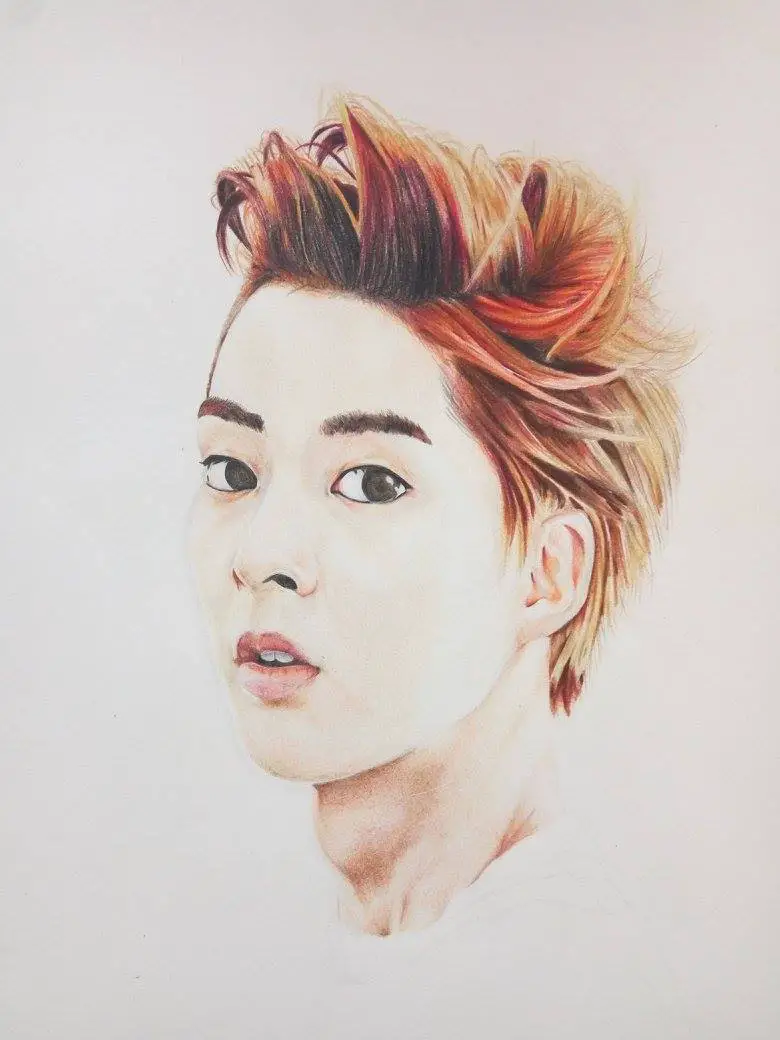
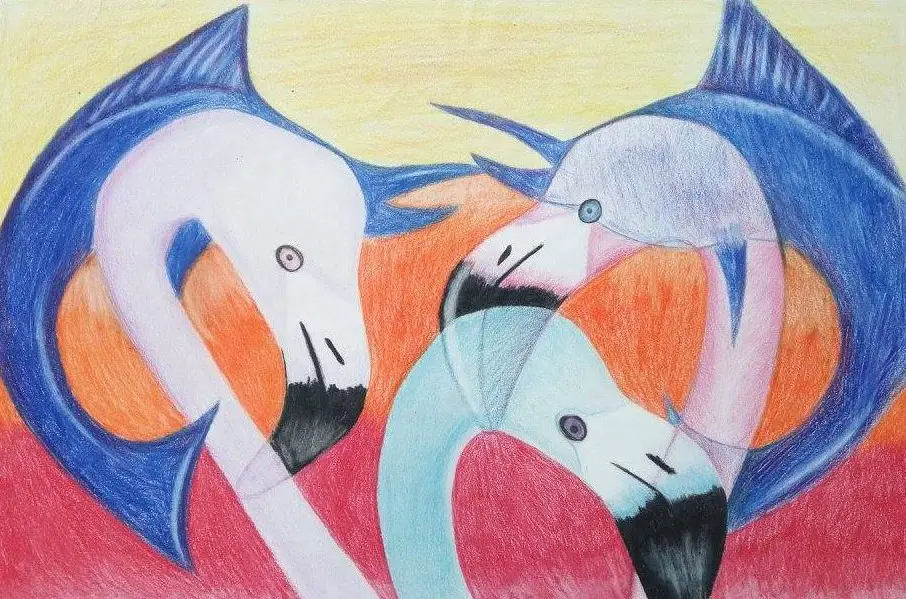
Conclusion
In conclusion, with the right tips and some practice, anyone can create amazing colored pencil art.
The tips shared in colored pencil art for beginners are a great way to get started in the world of art. With these simple tips, you can create amazing pieces that will amaze your friends and family. So what are you waiting for? Pick up a set of colored pencils and get started today!


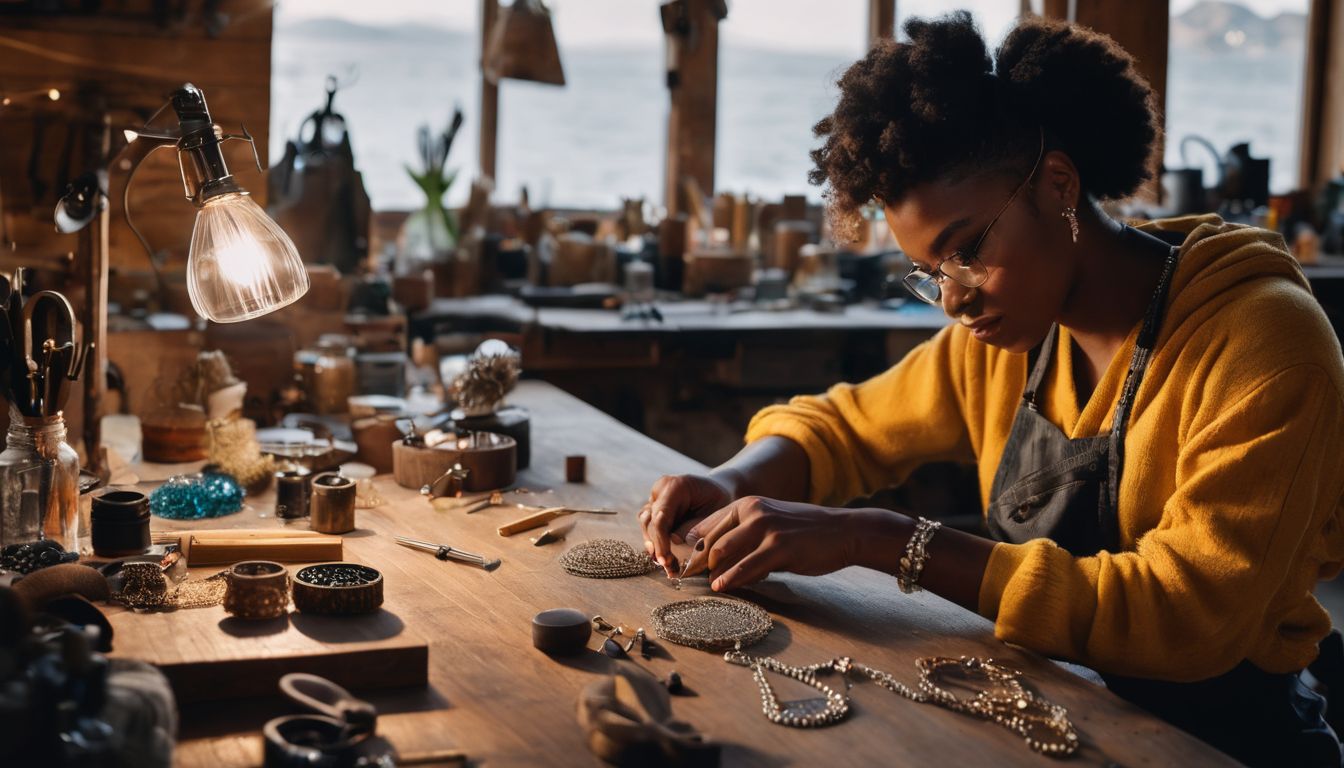

Leave a Reply